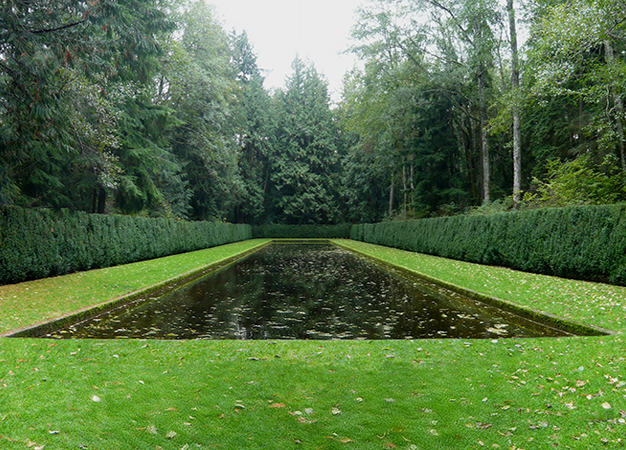nordic
The Nordic Journal of Architecture represents a pluralist approach to research and publishes original academic contributions within architecture, urban planning and landscape architecture. The journal supports academic freedom and scientific independence.
Any design intervention depends on certain ways of dealing with what is already there. How does a design intervention relate to the everyday culture of a site's inhabitants, to its climate, to its urban form or texture? How can our understanding of this exisitng situation be discussed, and possibly be challenged and deepened? In its first issue 'As Found' the journal is looking for ways to deal with what is there.
articulating the site
The landscape contains an annotated catalogue of situations, in which the genius loci is recorded and secured. Three aspects of the genius loci can be discovered that evoke a specific reaction in landscape architectural design: the topography as the carrier of structure; the physical context, space, materials, climate; and the rhetorical landscape, landscape as a giver of meaning. The landscape architectural transformation is in its essence an expressive transformation of these aspects.
Three models for the transformation of the genius loci can be distilled from the enclosed garden. Exposing landscape space faces outward, capturing the urban/landscape panorama. The spatial qualities and the scale of the landscape are introduced as a landscape space within the metropolis, confronted by the enclosure of the garden. Magnifying the site takes the physical elements of the genius loci in and transforms them. It gathers and selects what is found on site, displays and magnifies, while itself withdrawing from the context. Representing the landscape idea is a rhetorical landscape, like a story or a poem, composed to ‘instruct, move and delight’. These places evoke their origins. They are indissolubly bound to the urban tissue, and at the same time they are essentially ‘other spaces’, contrary to their surroundings. The image of the garden is strong, counteracting the outside image, aided by sensorial effects.
In their precision these models can provide design tools or strategies for the choreography of the urban landscape: an urban acupuncture of public spaces as a repose from urban life at strategic locations in the urban landscape, making the underlying permanent landscape layer visible and anchoring the metropolis in the genius loci.
in Nordic Journal of Architecture No.1 vol.1 Autumn 2011.
